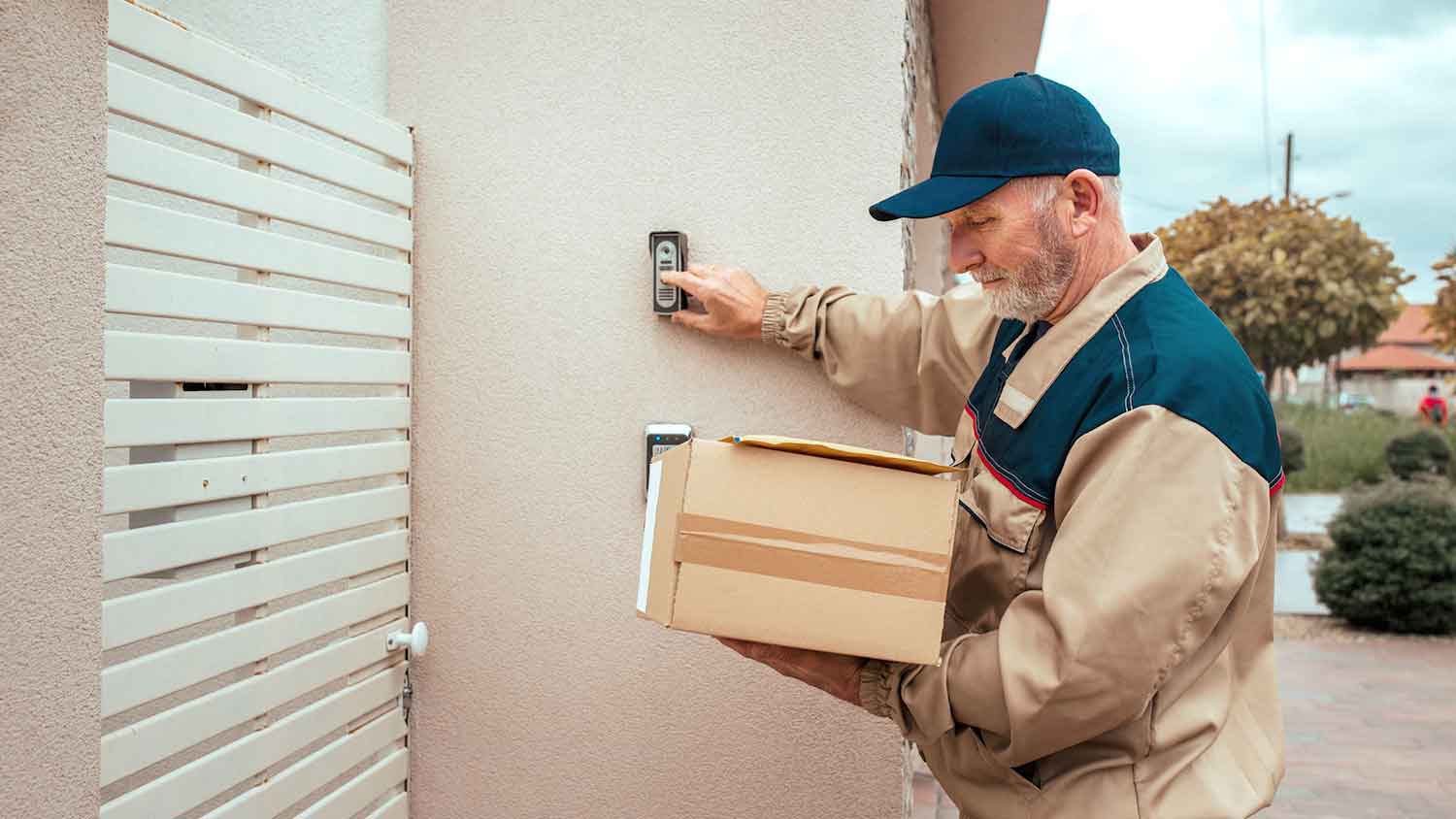Why Is My Dryer So Loud? 6 Reasons Why
Dryer louder than a 1980s fashion trend? Here's how to fix it


Clothes dryer repairs cost between $100 and $430 on average.
An object in the laundry load could be the culprit, or it could be a mechanical problem.
Loose or worn drive parts could be to blame for dryer noise.
Some noise problems may be fixable as a DIY project.
Hearing some noise when you run a clothes dryer is not uncommon and may make you wonder why your dryer is so loud. Some culprits could be zippers clanging against the drum, heavy clothing thumping as they tumble, and loose items, like change left in pockets, can jangle. However, if your dryer is banging on a more regular basis, it could indicate a mechanical problem. Here are the most common reasons you may be hearing dryer noise—and how you can fix the problem.
1. Items in the Drum
You've removed everything from the pockets. So why do you hear scraping or pinging noises? The most common reason for irregular dryer noises is rigid clothing or items accidentally left in the machine. Tiny things like coins or zipper ends can make noises disproportionate to their size. It's even possible that a screw or other small part from the machine fell into the drum and is causing the noise.
How to Fix It
While you can stop the load and check for foreign objects, there's a good chance the item will remain undetected, especially if it's small. If the suspect object is part of the laundry, the noise should go away after changing the load. If not, inspect the inside of the drum for loose debris.
2. Unbalanced Load
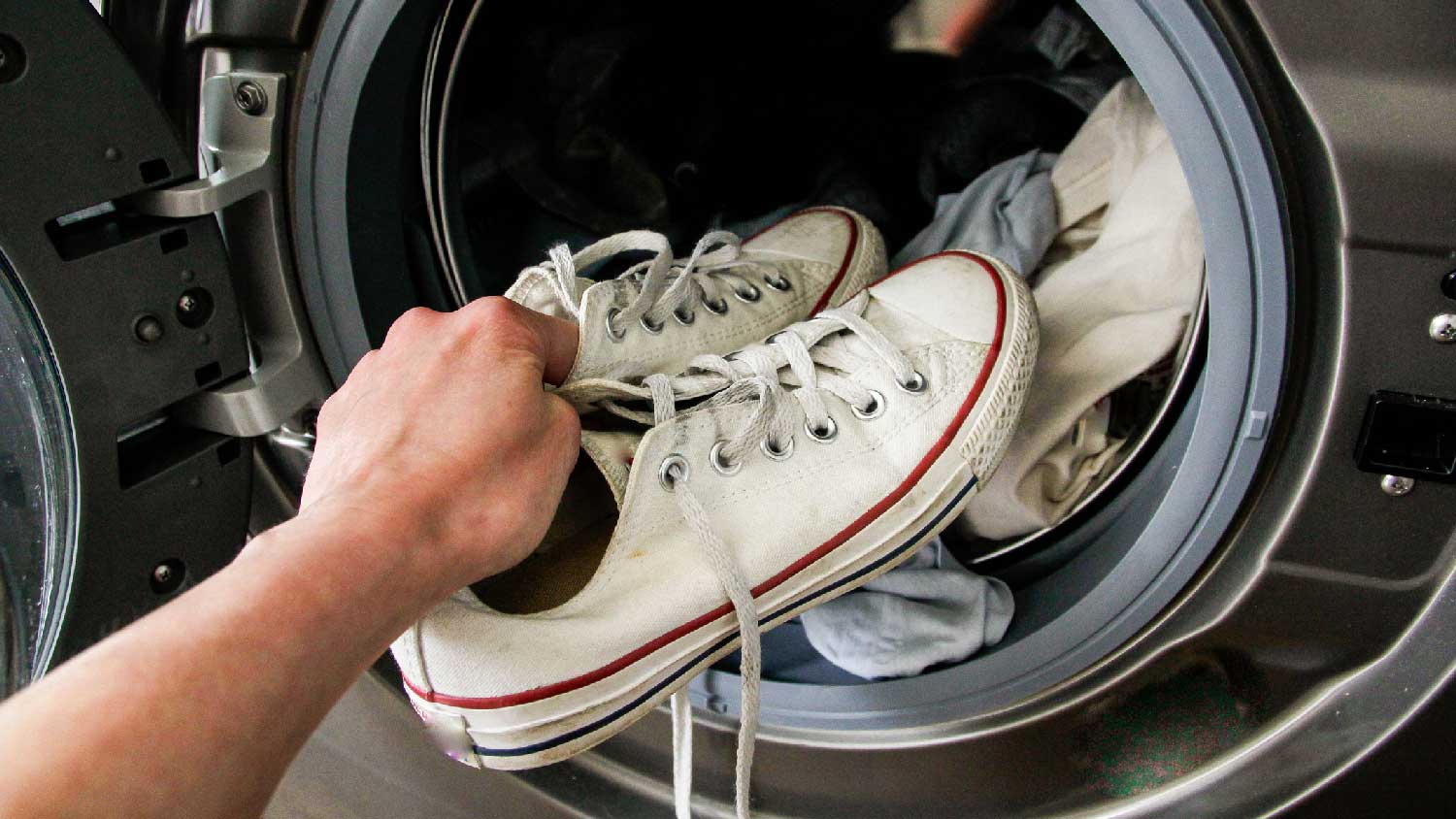
Heavy clothing, tennis shoes, and bulky items can cause thumping noises, especially when they are wet. The sound could make it seem that the dryer is struggling to spin. This clamor is also possible if several smaller items are tangled together.
How to Fix It
Stop the machine and inspect the load. Untangle the cluster if several items are in a clump, and consider air drying bulky items. Operating your dryer with a significantly unbalanced load can cause premature wear on the drive components and shorten its lifespan.
3. Loose Dryer Parts
Your clothes dryer is a complex machine with many parts that must work together to accomplish a single goal. Several smaller parts, like screws, switches, and sensors are prone to loosening or falling off due to normal wear. Loose dryer parts can cause rattling, pinging, rubbing, vibrations, thumping, and other strange sounds.
How to Fix It
Due to the complexity of the components, most homeowners choose to hire a dryer repair professional to inspect the machine for this type of problem. If you're a DIYer with the confidence to dismantle and put the machine back together, inspect it for loose parts. Common culprits are the belt and drive components, loose screws, switches, or sensors.
4. Vibration
Vibration noises coming from your dryer can come from several sources. Friction between the drum and the machine's housing is one possible reason. A struggling dryer motor is another, while loose, failing, or worn drive components are also common. Your dryer can even make strange vibration sounds due to the floor it sits on.
How to Fix It
Vibration noises from your dryer can indicate big problems or nothing at all. If you've recently changed your laundry room's flooring type, the issue can be remedied by adjusting the dryer's adjustable feet. However, persistent vibrations should be checked out by a pro sooner rather than later. This type of racket is commonly associated with necessary repairs, such as replacing the belt, roller wheels, or other moving parts.
5. Worn Drive Parts
Regular squeaking, thumping, grinding, rubbing, and similar noises are usually due to worn drive parts. Your dryer relies on a belt, roller wheels, an idler pulley, a drum bearing, and a seal between the drum and the machine's body to spin quietly and effectively. All of these are subject to failure from normal wear and friction.
How to Fix It
If you're confident in your DIY skills, replacing drive components on an older dryer is relatively straightforward. You may need to unscrew the dryer lid or the back to locate the failing part and replace it. The process is simple. However, newer machines have trickier technology components and are best left to a professional who can handle these advanced repairs with the correct tools.
6. Motor Failure
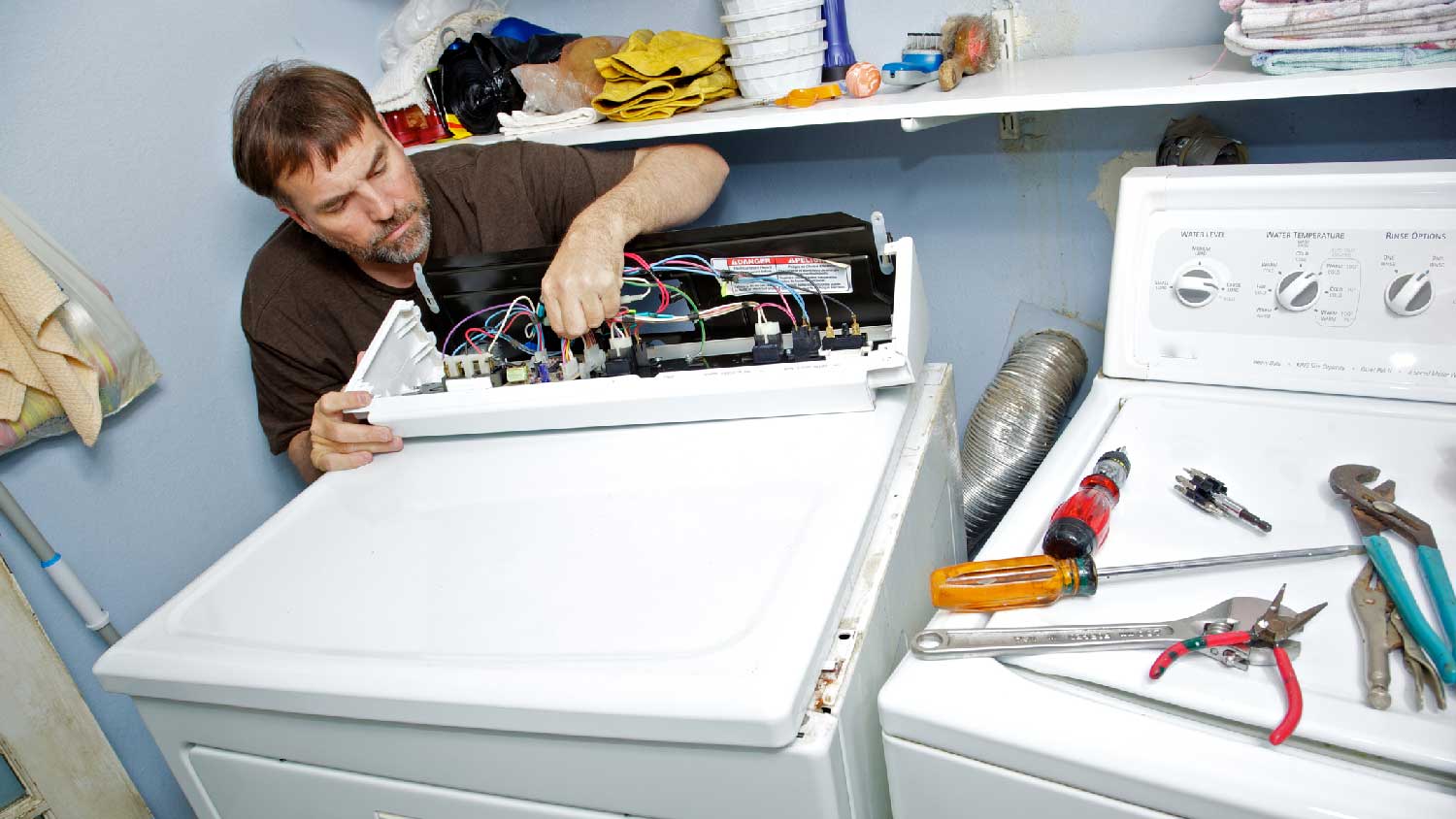
If your dryer runs but sounds strained or generates unusual humming noises, the drive motor is most often the problem. Fixing or replacing it is essential before it completely fails.
How to Fix It
Most motor failure situations require motor replacement. Dryer repairs cost between $100 and $430 on average, including fixing or replacing the drive motor. While this task is possible as a DIY project, having a professional do it will secure warranty on parts and can address other issues.
When to Call a Pro
Most homeowners call a local dryer repair specialist when unidentifiable noises are not going away. As with many appliance types, DIY repairs are possible and relatively simple for older laundry machines. However, newer models tend to be more technologically advanced and often require the tools and skills of a pro to get them back into working order.
We recommend calling a pro for dryer repair when a simple fix, such as foreign objects in the drum or adjusting the machine's feet, cannot be remedied.
Frequently Asked Questions
You can use a noisy dryer for a limited time, but that depends on the type of noise your dryer is making. Squeaking, vibrating, and rubbing noises indicate that repairs are in your future. However, humming noises from the motor or a stuck drum require immediate attention so you are not faced with a fire hazard or an electrical problem.
Check the machine's feet for proper height adjustments. To reduce the usual sounds that your dryer makes, try installing sound-deadening pads under the machine to reduce the vibration sounds on a hard floor. Additionally, placing acoustical panels in the laundry room can limit noises from the washer and the dryer.



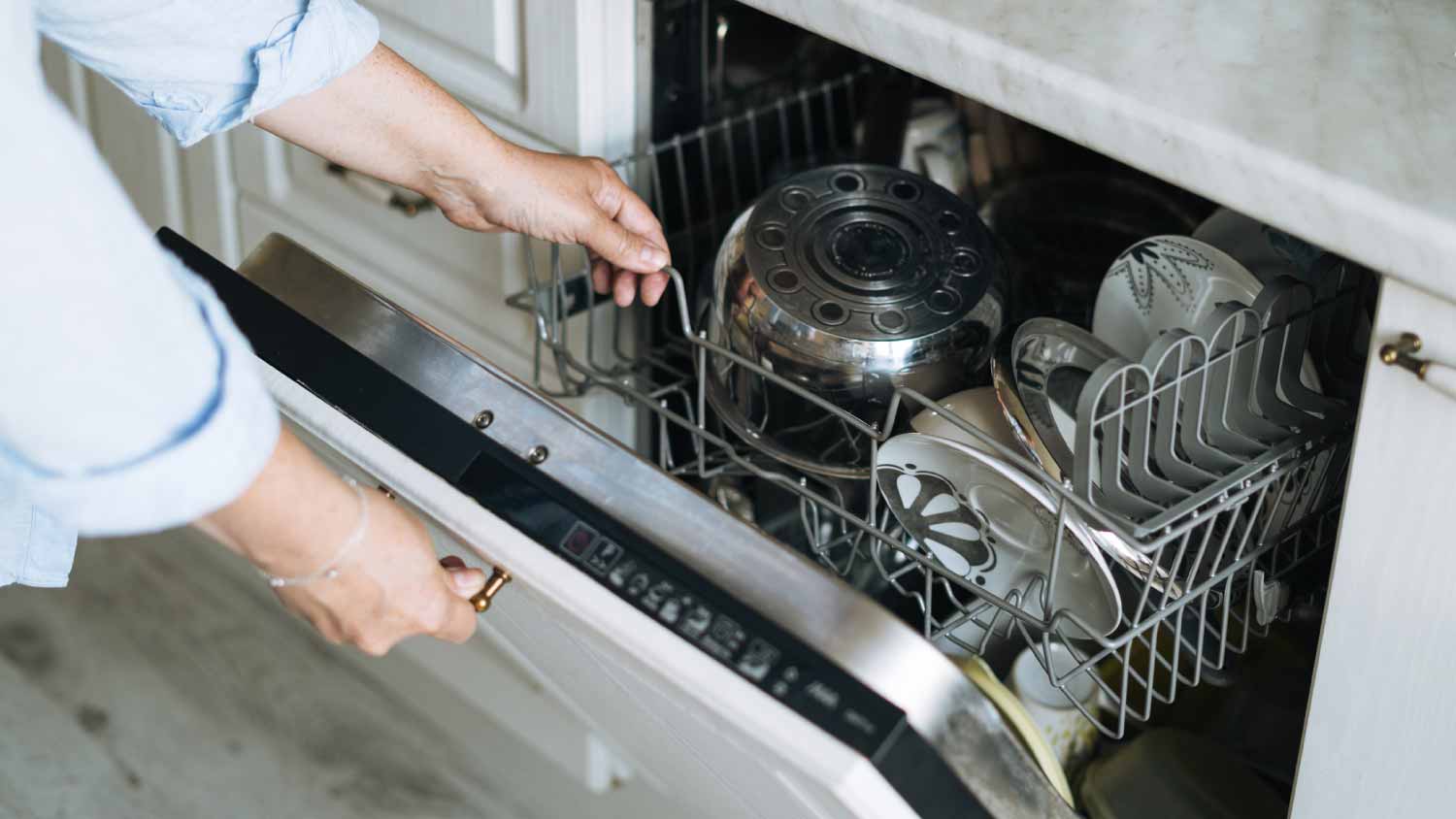
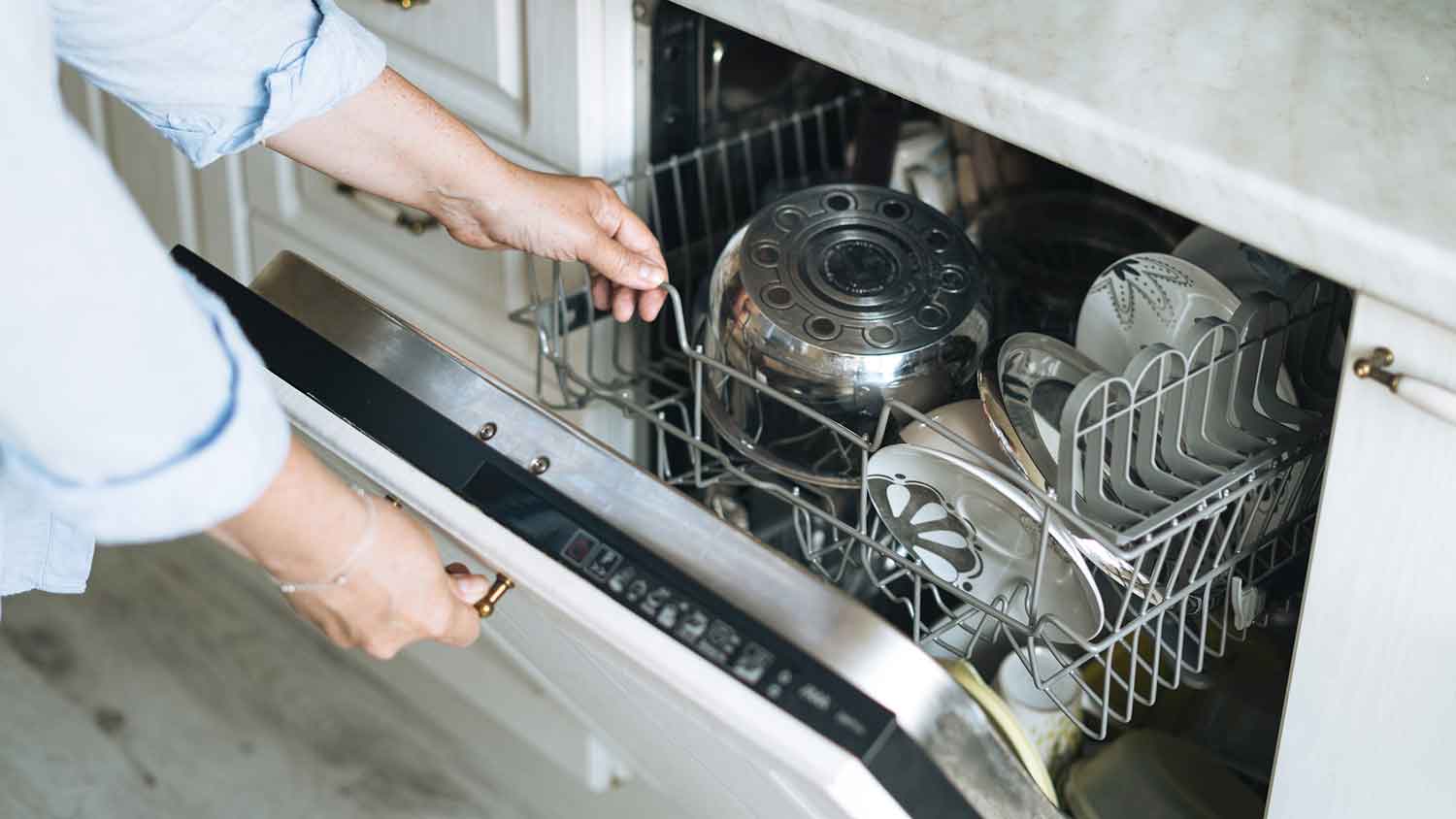
- Appliance Repair Companies
- Washing Machine Repair
- Dryer Repair
- Refrigerator Repair
- Dishwasher Repair
- Oven Repair
- Wood & Pellet Stove Repair
- Freezer Repair Services
- Wood Stove Services
- Gas Stove Repair
- Emergency Appliance Repair Companies
- Ice Maker Repair
- Gas Appliance Repair
- GE Appliance Repair
- GE Refrigerator Repair
- GE Dryer Repair
- GE Dishwasher Repair
- GE Washing Machine Repair
- Samsung Appliance Repair
- Samsung Refrigerator Repair
- Samsung Dryer Repair
- Samsung Washer Repair
- Samsung Dishwasher Repair
- Samsung Oven Repair
- Whirlpool Repair
- Whirlpool Refrigerator Repair
- Whirlpool Washer Repair
- Whirlpool Dryer Repair
- Whirlpool Oven Repair
- Maytag Appliance Repair
- Maytag Refrigerator Repair
- Maytag Washer Repair
- Maytag Dryer Repair
- Maytag Dishwasher Repair
- Kitchenaid Appliance Repair
- Kitchenaid Oven Repair
- Kitchenaid Refrigerator Repair
- Kenmore Appliance Repair
- Kenmore Dishwasher Repair
- Kenmore Washer Repair
- Kenmore Dryer Repair
- LG Refrigerator Repair
- Bosch Appliance Repair
- Kenmore Refrigerator Repair
- LG Appliance Repair Services
- GE Microwave Repair
- Electrolux Appliance Repair
- Electrolux Washer Repair
- Kitchenaid Dishwasher Repair Services
- Wood Stove Inspection
- Dishwasher Installation
- Trash Compactor Repair



